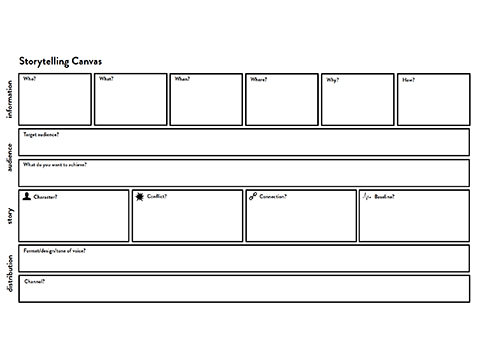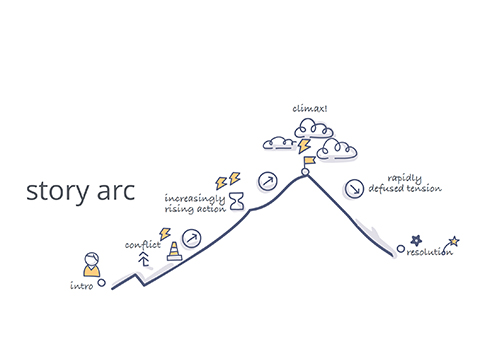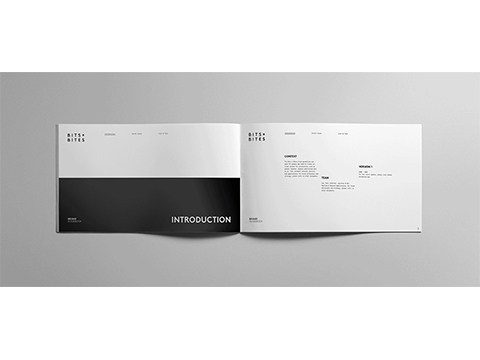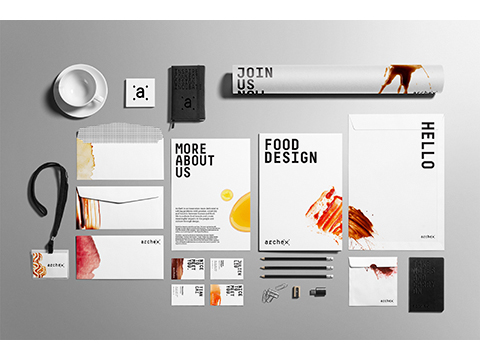-
 Leo Qin
BCG Digital Ventures
Senior Experience Designer
Leo Qin
BCG Digital Ventures
Senior Experience Designer
Storytelling: the pre-experience of business vision and design
Once upon a time, people began to communicate, collaborate and pass on civilization through “storytelling”. Research shows that “storytelling” narratives allow people to sense intangible experience beyond language and to help people effectively memorize and spread. This is what we call “empathy” or “resonance”.
Certain techniques of “storytelling” have been widely used in the content creation of film and television entertainment products. For example, Pixar Animation Studios has a fixed framework and character settings to obtain predictable audience feedback. Not only that, various "storytelling" methods and tools have already been frequently used in our daily work. For example, when analyzing user behaviors, demonstrating product features, planning service journey or constructing business scenarios, all those tasks need to adopt vivid "story" for deep understanding from your audience.
Target-oriented tools and templates are certainly an effective way to increase work efficiency. However, by understanding the human factors and scientific principles behind the “story”, we can communicate and express more consciously, and thus become better problem solvers.
The main learning contents of this workshop include:
1. Advantages and basic principles of the "story"
2. Understanding the core principles and techniques of “storytelling”
3. Digging into the core of different design and business conceptualizing tools
4. Creating a specific "story" structure according to different task requirements
5. Screening and customizing "Story" frameworks and components
5.1 Determining the necessary information for the story (person, location, time, etc.)
5.2 Clarifying audience and intentions of the story
5.3 Defining story lines, enriching story characters, determining dramatic conflicts, etc.
5.4 Determining the form of story, tone of voice and ways of communication
5.5 Positioning story type and selecting proper framework
6. Telling stories more effectively through creative and visual techniques
Examples of daily work storytelling tools include:
1. Story Arc Frame
2. Persona Sheet
3. Business Model Canvas
4. User Journey Map
-
 Leo Qin - 故事元素画布
Leo Qin - 故事元素画布
-
 Leo Qin - 故事情节框架
Leo Qin - 故事情节框架
-
 Leo Qin - BitsxBites Visual System Design
Leo Qin - BitsxBites Visual System Design
-
 Leo Qin - Food + Digital Innovation Firm Brand Design
Leo Qin - Food + Digital Innovation Firm Brand Design
-
 Leo Qin - Food-Human Interaction Design
Leo Qin - Food-Human Interaction Design













